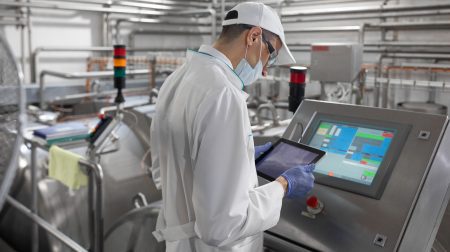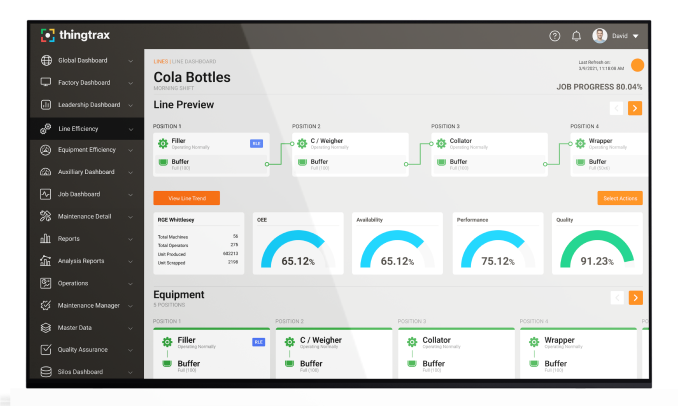Our previous blog post on Predictive Analytics, painted a vivid picture of the potential offered by AI-powered predictive analytics in manufacturing. Now, it’s time to roll up your sleeves and explore how to make this groundbreaking technology a reality in your operations. Here’s your blueprint for implementing AI-powered predictive analytics.
1. Define Your Objectives
Begin your AI-powered journey by defining clear and specific objectives. What are the precise challenges you aim to address in your manufacturing operations? Whether it’s reducing downtime, optimizing resource allocation, improving product quality, or achieving other goals, having a crystal-clear roadmap is essential.
2. Assemble Your Expert Team
Implementing AI-powered solutions requires a team of experts. Assemble a diverse group of professionals who can collaborate effectively to ensure the seamless integration of both software and hardware components. This team should encompass data scientists, engineers, IT specialists, and domain experts who understand the intricacies of your manufacturing processes.
3. Data Collection and Integration
The lifeblood of AI-powered predictive analytics is data. Begin by gathering all the necessary data from your manufacturing processes. This can include historical production data, equipment performance metrics, environmental variables, and more. Ensure that your chosen software and hardware solutions can effortlessly integrate with your existing systems, allowing for a unified data ecosystem.
4. Choose the Right Software
Selecting the right AI-powered predictive analytics software is a critical step. Look for solutions that align with your predefined objectives. Seek out platforms that offer advanced algorithms, robust machine learning capabilities, and real-time data processing. A solution provider with a proven track record in manufacturing AI can make a significant difference in your technology selection.
5. Hardware Integration
Your hardware infrastructure plays a pivotal role in the success of your AI implementation. This includes sensors, IoT devices, and other equipment capable of capturing real-time data from your manufacturing processes. Ensure that your hardware is not only compatible but also scalable to accommodate future growth and technology advancements.
6. Training and Deployment
To harness the full potential of AI-powered predictive analytics, equip your team with the necessary skills and knowledge. Conduct comprehensive training to ensure that your workforce can effectively interpret the insights generated by the AI system and make informed, real-time decisions. This step is essential for maximizing the benefits of your technology investment.
7. Monitor and Refine
Once your AI-powered system is up and running, continuous monitoring is paramount. Keep a vigilant eye on its performance and be prepared to make refinements as needed. This iterative process of fine-tuning and optimization will enable you to unlock the full potential of the technology and adapt to evolving manufacturing dynamics.
Embarking on this AI-powered journey requires a harmonious synergy between software and hardware. Striking the right balance between these elements will pave the way for a transformative manufacturing experience, elevating efficiency and productivity to unprecedented heights.







